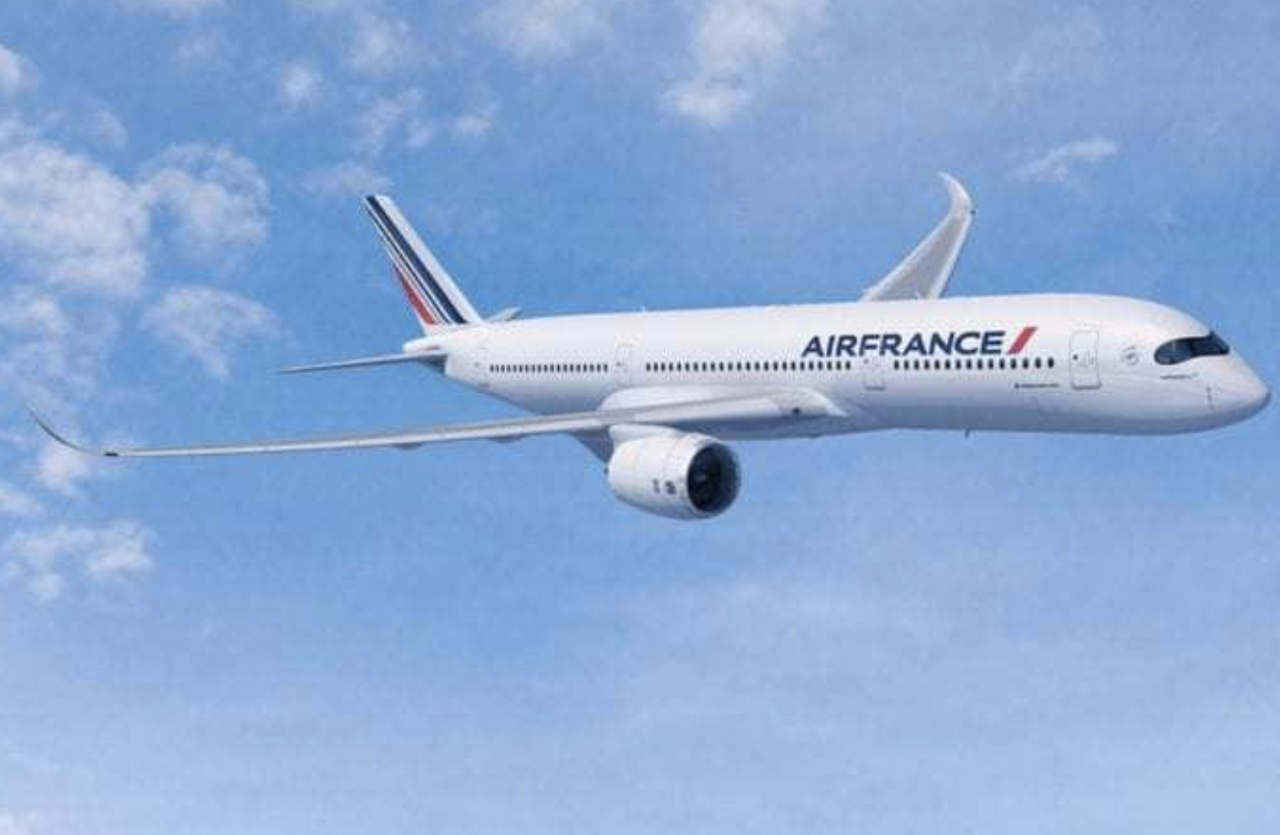Boeing’s unprecedented stumble with the 737 MAX 8, along with President Trump’s trade war, have taken a toll on Boeing’s commercial aerospace business, as its Q2 earnings report, released earlier this week, confirmed. And although Airbus, Boeing’s greatest rival, is now the undisputed leader in building planes for commercial flight, but a scandal or setback could easily shake investors’ confidence in Airbus, and with good reason: reports about potentially dangerous software glitches like this one shouldn’t be ignored.
The Register, a British tech news website, reports that some models of Airbus’s A350 airliners, the company’s ‘workhorse’ model, still need to be rebooted after exactly 149 hours of continuous use, even after the EU’s aviation authority ordered Airbus to fix the glitch ASAP.
Now, the EU is issuing a reminder to pilots to make sure to turn their planes on and off again after 149 hours of power-on time, or risk the loss of critical systems in-flight.
In a mandatory airworthiness directive (AD) reissued earlier this week, EASA urged operators to turn their A350s off and on again to prevent “partial or total loss of some avionics systems or functions.”
The revised AD, effective from tomorrow (26 July), exempts only those new A350-941s which have had modified software pre-loaded on the production line. For all other A350-941s, operators need to completely power the airliner down before it reaches 149 hours of continuous power-on time.
Of even greater concern, the regulator and Airbus weren’t aware of the glitch until 2017, when the original AD was issued, as pilots started suffering unexplained losses of certain systems, putting them and their passengers and crew in a very risky situation.
And this glitch apparently went undetected for years. It was only after a few planes suffered in-flight systems failures that they started to look into it.
Concerningly, the original 2017 AD was brought about by “in-service events where a loss of communication occurred between some avionics systems and avionics network” (sic). The impact of the failures ranged from “redundancy loss” to “complete loss on a specific function hosted on common remote data concentrator and core processing input/output modules.”
In layman’s English, this means that prior to 2017, at least some A350s flying passengers were suffering unexplained failures of potentially flight-critical digital systems.
The glitch is similar to one of the problems that afflicted Boeing’s 787 Dreamliner, as the Register explains.
Airbus’ rival Boeing very publicly suffered from a similar time-related problem with its 787 Dreamliner: back in 2015 a memory overflow bug was discovered that caused the 787’s generators to shut themselves down after 248 days of continual power-on operation. A software counter in the generators’ firmware, it was found, would overflow after that precise length of time. The Register is aware that this is not the only software-related problem to have plagued the 787 during its earlier years.
It is common for airliners to be left powered on while parked at airport gates so maintainers can carry out routine systems checks between flights, especially if the aircraft is plugged into ground power.
The remedy for the A350-941 problem is straightforward according to the AD: install Airbus software updates for a permanent cure, or switch the aeroplane off and on again.
Airlines that own these planes and are thus subject to the order include Air France, American Airlines, Delta Air Lines and Lufthansa, Air China and Taiwan’s China Airlines.
It also shows that the problem of over-reliance on AI and other advanced software isn’t limited to Boeing: As these technologies become more advanced, and these aerospace companies start to increasingly rely on them, these issues are bound to become more widespread. So, does that make air travel safer, or more dangerous?
via ZeroHedge News https://ift.tt/32Smn03 Tyler Durden
